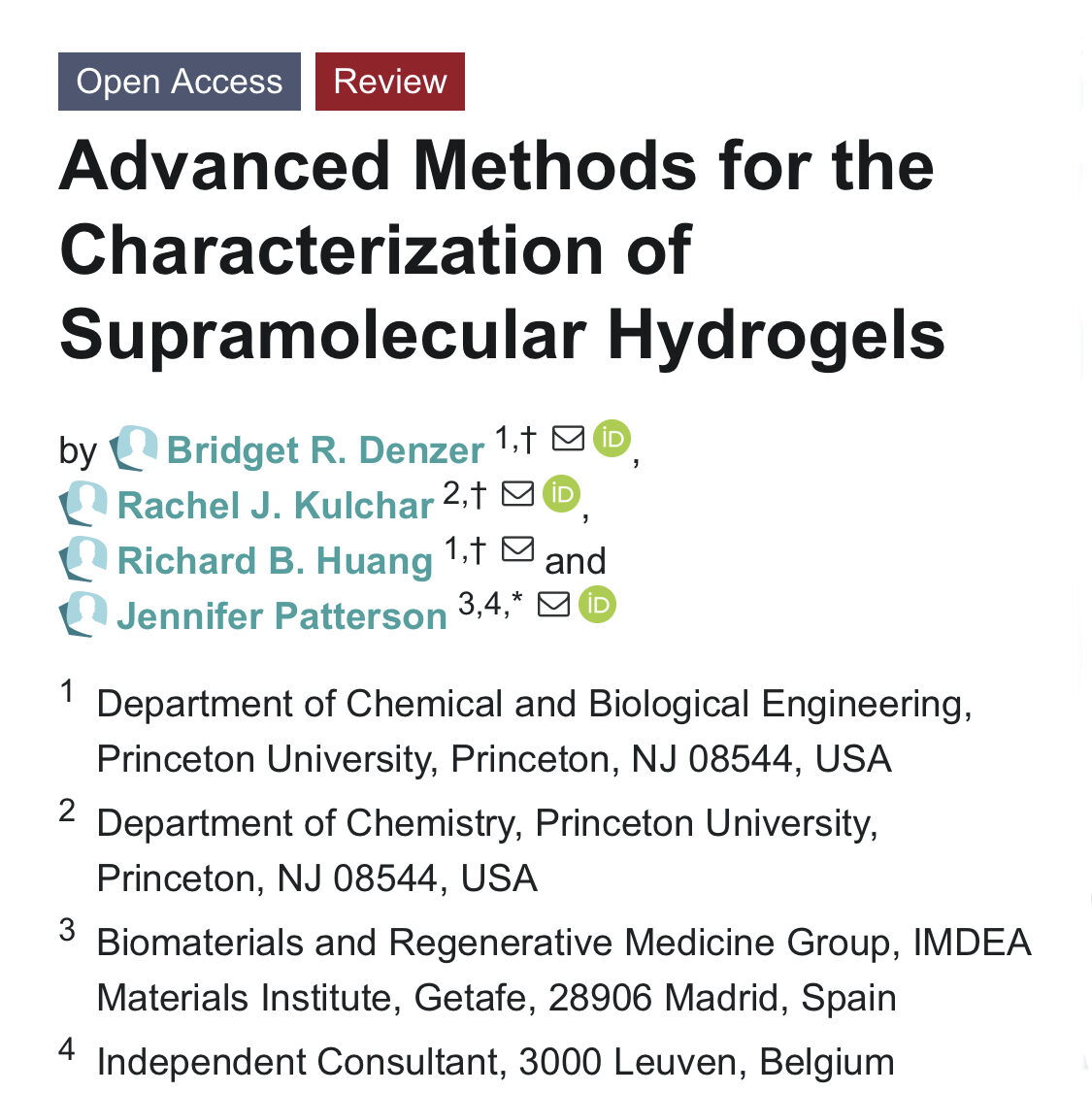
Hello juniors!
Spring is always a rollercoaster of a semester. We have just about 6 more weeks of school before spring classes are over! Before you know it, you will be a senior and will have to start thinking about the big T – thesis. I recommend you take a little bit of time to think about your thesis – maybe you’ve already started after reading Ryan’s great post around choosing a topic. You don’t have to have all of the answers right away, but at least you would already have given it a bit of thought and let your ideas brew at the back of your mind.
Continue reading A Letter to the Juniors on the Senior Thesis









